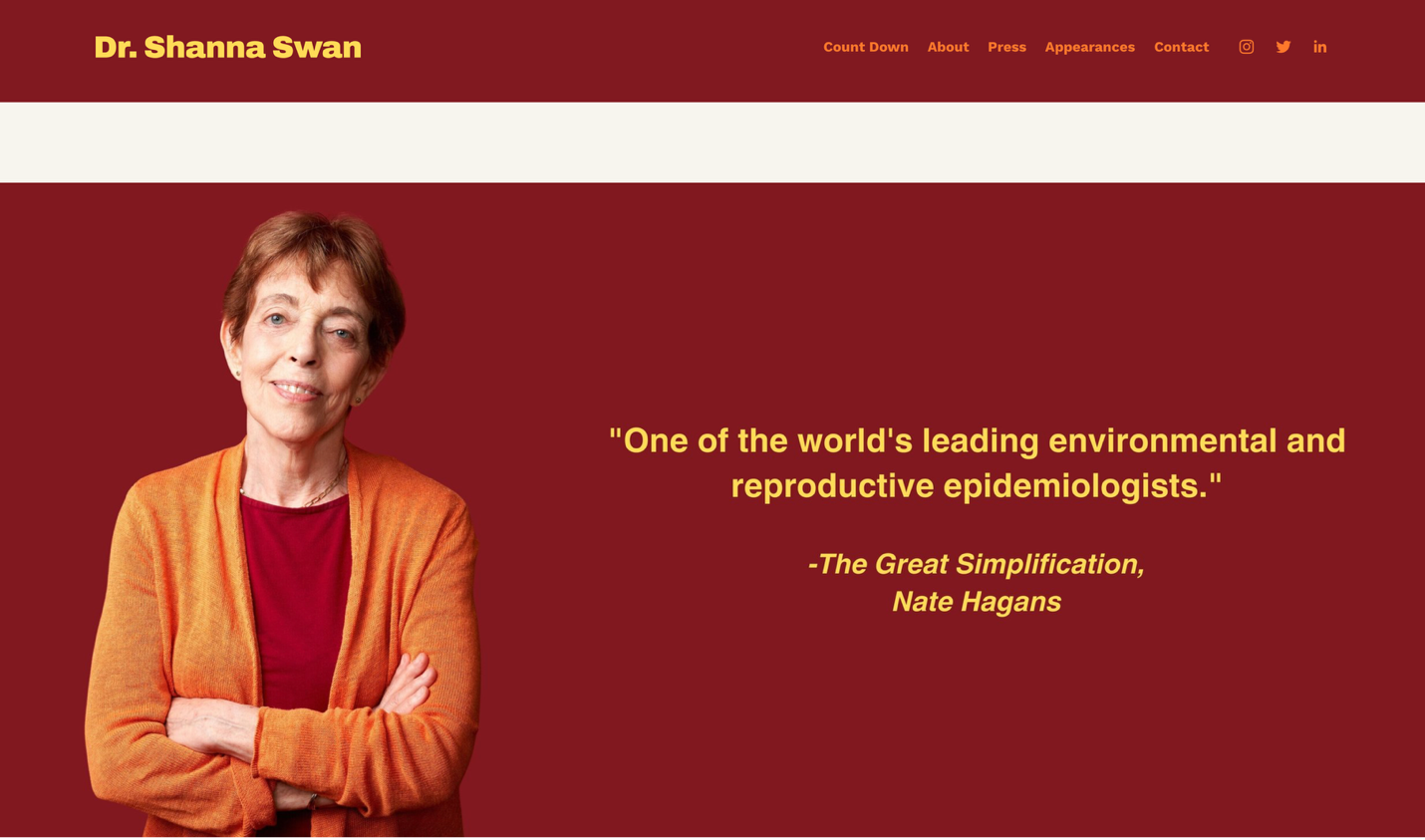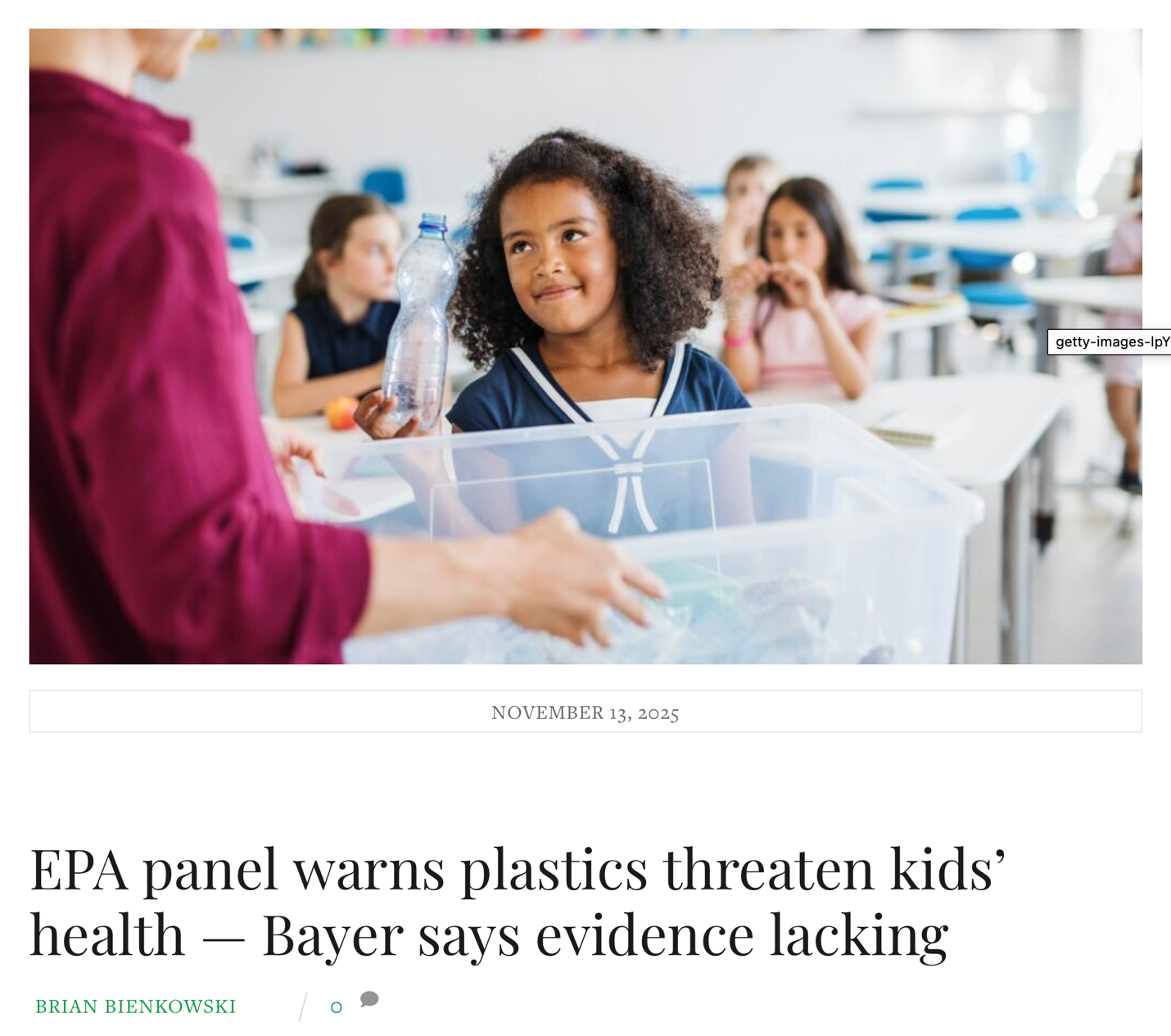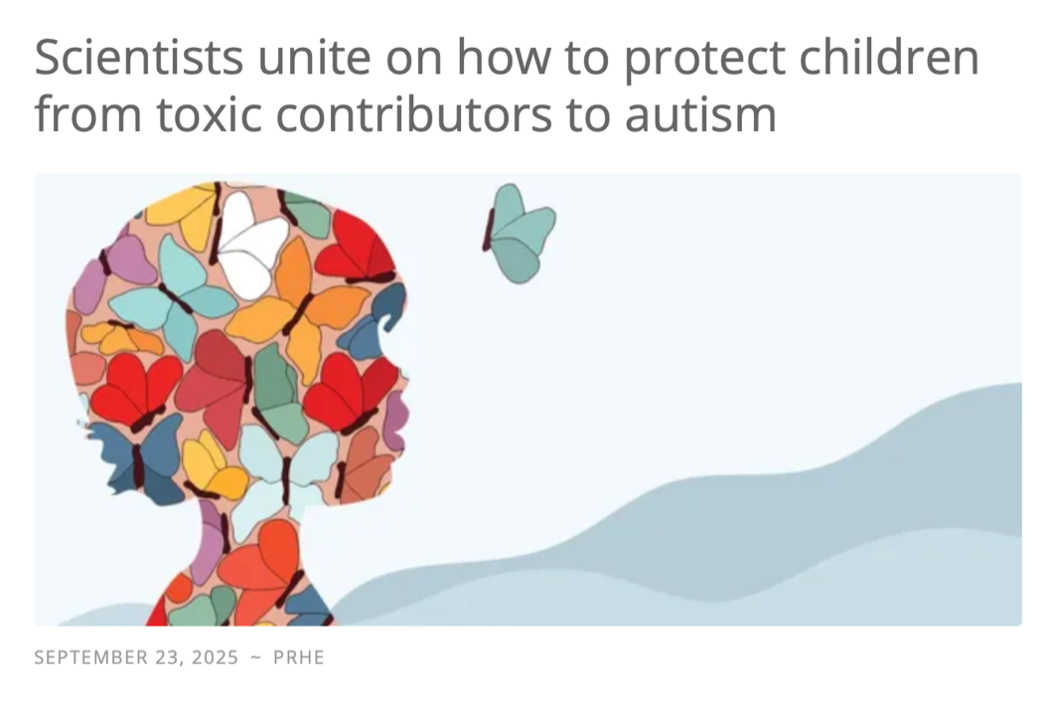The keystone of the research on pesticides and childhood cancer is comprised of two reviews of literature: Zahm and Ward’s 1998 review and Infante-Rivard and Weichenthal’s update to Zahm and Ward in 2007. In 1998, the year Katherine was diagnosed with leukemia, there was already abundant, decades-long evidence for the link between pesticides and childhood cancer; in fact, they noted that the effect on children was much more significant than the effect seen in adults, because children are more sensitive to the exposures and have lower body weights. Zahm and Ward reviewed 112 articles, and the great majority of them showed higher levels of various childhood cancers with exposure to pesticides. This was the case even though children are immersed in a soup of toxic chemicals of all kinds from conception onwards; the fact that a correlation between cancer and pesticides in particular was found is a remarkable scientific accomplishment when you consider that there is no control group, no group unexposed to pesticides and tens of thousands of other chemicals.
Leukemia, neuroblastoma, Wilms’ tumor, soft-tissue sarcoma, non-Hodgkin’s lymphoma, and cancers of the brain, colorectum, and testes: the list of cancers that are higher in exposed children reads like a boring or repugnant list of Latinate terms – unless you can remember a small, dear face associated with each of those diagnoses, as we can, as our doctors can. For us, that list is an endless and particular list of tragedies. Zahm and Ward describe how children are exposed, because after all, very few parents intend to expose their children to toxic chemicals. Pesticides are used in pest strips, pet flea treatments, garden chemicals, and indoor applications that purport to be safe. Pesticides drift into homes and yards from agricultural or landscape applications. Pesticides are tracked inside from lawn applications, transported home by parents who work with pesticides, or are transferred from pets to children. Once inside, pesticides adhere to dust particles, on the floor and in the carpet where children are constantly crawling and laying, moving hands to mouths, as babies and children naturally and inevitably do. Water sources are nearly universally contaminated with varying levels of pesticides: “A 1994 study of tests for five herbicides in 20,000 samples of tap water and drinking water sources found that 14.1 million people routinely drink water contaminated with atrazine, cyanazine, simazine, alachlor, and metolachlor (Zahm and Ward 1998). Many people are drinking two or more of these on a regular basis. Pesticides remain in the groundwater, even if the land has not been chemically treated in years, even decades (Kloos 1996; UC Berkeley 1995). One study found that one in five peaches exposed children to dangerous levels of organophosphates (Wiles et al. 1998). One study found a lethal potato, with levels of aldicarb that could kill an adult (Physicians 1995). This shows the haphazard high exposures individuals can encounter, just as a matter of chance, though most estimates of risk are based on average exposures. At the time Zahm and Ward wrote, 84% of homes used pesticides inside the home, while outdoor pesticide application, organophosphates for termite control, for example, often find their way indoors.
Zahm and Ward acknowledged some limitations in studies at the time: the lack of studies looking at specific pesticides and the possibility of recall bias, where parents of sick children are more likely to recall toxic exposures than parents of well children, a potential flaw that many recent studies are helping to address in various ways. Subsequent studies have defended the assumptions and validity of these methods by showing, for instance, that exposures reported by parents correlate reliably with actual measures of chemical body burden (Rudant et al. 2010; Slusky et al. 2012). And most of the flaws with these studies would underestimate, not overestimate, the risk of cancer. Case studies that show cancer in people with unusual exposures to pesticides are important indicators of risk. Epidemiological studies – which may show higher rates of cancer in populations with higher risks of exposure, like pesticide applicators, compared to a control group – are also an important measure, despite the problem of having no real control group, no group unexposed to pesticides. The best and therefore most frequent studies, however, despite the possibility of recall bias, are case control or cohort studies, which match sick children with equivalent well ones and look at differences of exposure, either through parent interviews or direct measures, like blood and urine samples.
Overall, Zahm and Ward found links between all the above childhood cancer and higher exposures to pesticides. In plain English, we have been systematically poisoning our children for decades, and we knew it all along. We have been just too cowardly to face this terrible truth.












